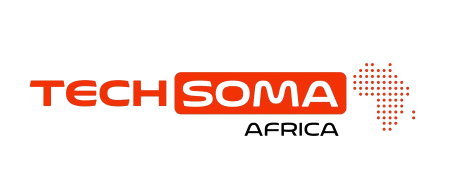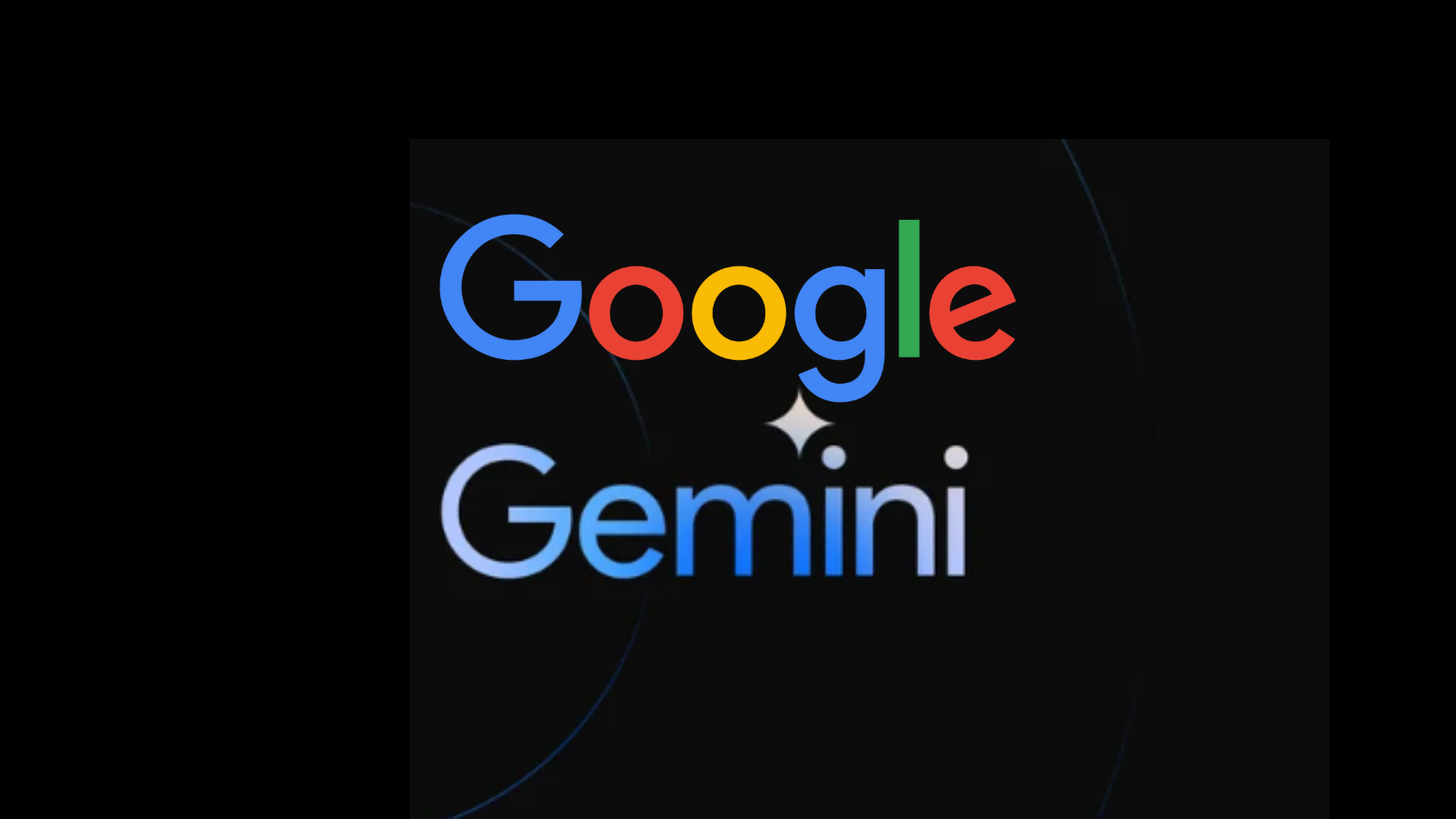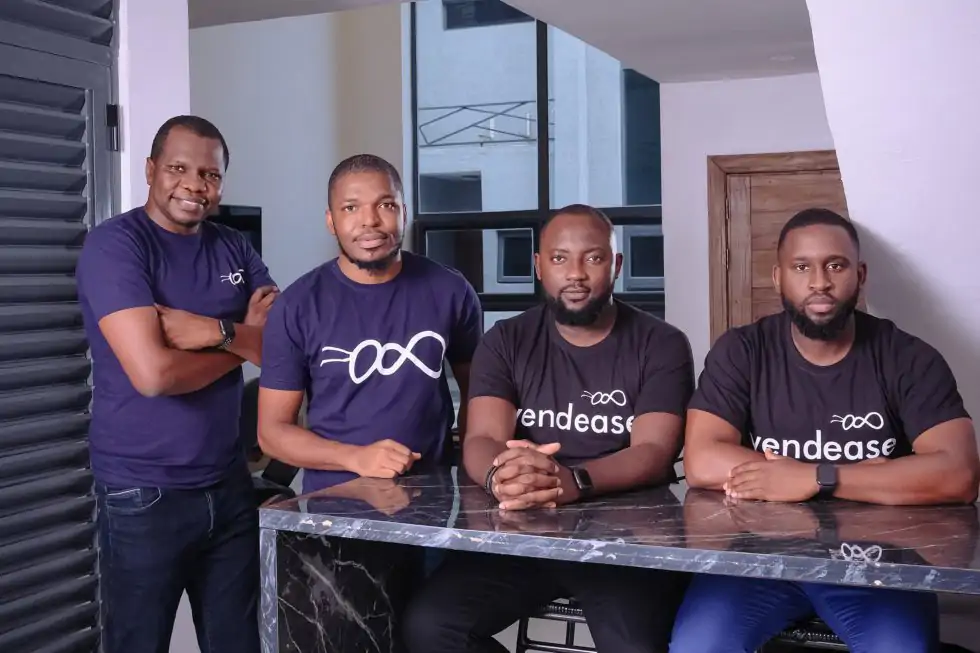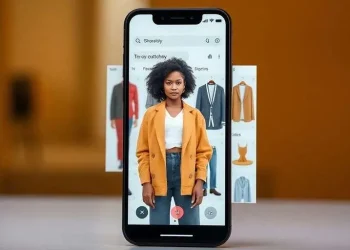Google has officially rolled out Veo 2, its AI-powered video generation tool, to Gemini Advanced subscribers worldwide. The move comes after Google offered early access to the model through a limited waitlist on its VideoFX platform in Google Labs.
This public launch positions Veo 2 as Google’s latest counter to OpenAI’s Sora, and comes just weeks after AI video platform Runway unveiled the fourth version of its own model.
What Is Veo 2 and How It Works
Starting April 16, Gemini Advanced users can now access Veo 2 directly from the model selector within the Gemini web and mobile apps. With just a short text prompt, users can generate eight-second video clips in 720p resolution, with a 16:9 aspect ratio.
Each clip can be:
- Downloaded as an MP4, or
- Shared directly to TikTok or YouTube via a built-in share button (on mobile).
However, Veo 2 has usage limitations: Google places a monthly cap on the number of videos users can create, and the feature is not currently available to Google Workspace business or education account holders.
Veo 2 AI Features: Cinematic Realism and SynthID Watermarks
Google says Veo 2’s upgraded model offers a better grasp of real-world physics, human motion, and scene dynamics. This enables more fluid character movement, lifelike visuals, and detailed animations across a variety of topics and styles.
All generated videos are digitally marked using SynthID, Google DeepMind’s proprietary AI watermarking technology that ensures transparency and traceability of AI-generated content.
Notably, Veo 2 is designed with content creators in mind, allowing seamless export of videos for platforms like TikTok Shorts and YouTube.
Whisk Animate: Image-to-Video Comes to Life
Alongside Veo 2, Google has launched Whisk Animate, a tool available exclusively to Google One AI Premium ($20/month) subscribers. Building on the Whisk image mashup tool, Whisk Animate allows users to take an AI-generated image and transform it into an animated eight-second clip using Veo 2’s text-to-video engine.
Currently, both Veo 2 and Whisk Animate remain under Google Labs, the company’s experimental innovation platform.
AI Industry Race and Ethical Concerns
As Google and other tech giants continue racing to dominate AI video generation, concerns are rising around the impact on creative industries.
The Animation Guild projected in a 2024 study that AI could disrupt over 100,000 jobs in animation, film, and television by 2026. A stark reminder of the real-world consequences of synthetic media.
Meanwhile, competitors like OpenAI’s Sora are pushing boundaries. Their models can generate 1080p cinematic videos with complex motion, multi-character scenes, and extended footage from still images.
Google’s Vision for AI Video
While Veo 2’s applications remain relatively simple today, Google DeepMind CEO Demis Hassabis has hinted at a broader roadmap. Future versions may combine Veo with Gemini models to help AI better understand real-world dynamics, potentially unlocking more immersive and controllable video generation.
This long-term vision aligns with Google’s incremental rollout strategy, as it refines Veo’s capabilities and manages regulatory, ethical, and creative considerations.
What’s Next for Veo 2 and Google AI?
At present, Google limits access to Veo 2 and Whisk Animate to paying users on Gemini Advanced and Google One AI Premium. Yet with increasing demand and competitive pressure, expansions like higher resolutions, longer clips, and business-oriented access seem inevitable.
For users and creators alike, Veo 2 offers a powerful, if cautious, entry point into the AI video revolution.
















Comments 1